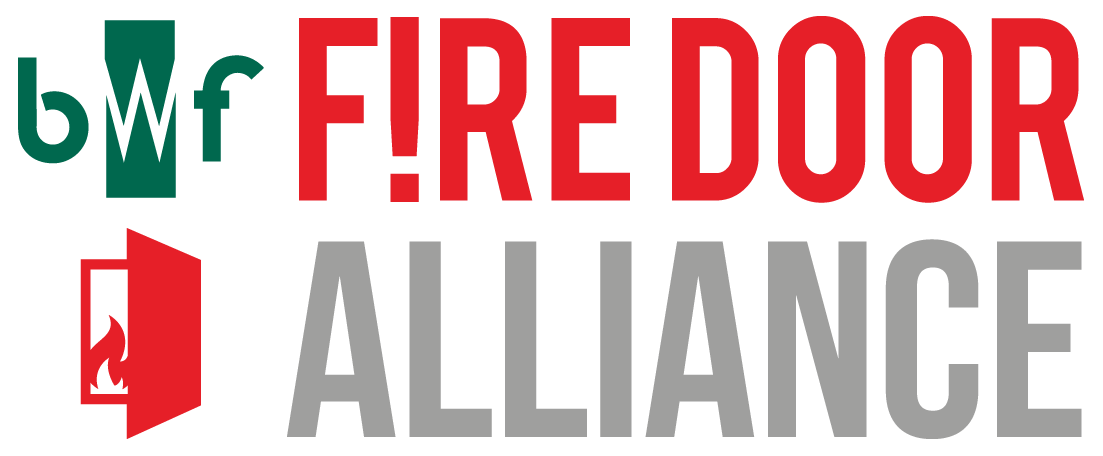- Home
- About BWF Fire Door Alliance
- Fire Door Safety
- Third-Party Certification
- Publications
- News
- Knowledge Centre
There are a number of fire door regulations that may apply to you, depending on whether your fire doors are situated in new buildings or if they are within existing flats and buildings. These include Building Regulations for new builds and the Regulatory Reform (Fire Safety) Order: 2005 (RRO) which applies to modifications to existing buildings and new builds.
Information over fire door regulations in both building types can be found here.
There are a number of fire door regulations which may apply to social hosing providers, depending on whether fire doors are situated in new buildings or within existing flats and buildings. These include Building Regulations for new builds and the Regulatory Reform (Fire Safety) Order: 2005 (RRO) for modifications to existing buildings.
Beyond the Building Regulations and RRO, the Homes (Fitness for Human Habitation) Act 2018 and The Housing Act (2004) also apply.
More information over fire door regulations in both building types can be found here.
It is the legal duty of all landlords to ensure the safety of building occupants. This means being able to provide evidence that fire safety systems and processes, including fire doors, are fit for purpose.
There are a number of fire door regulations which may apply to landlords, depending on whether fire doors are situated in new buildings or within existing flats and buildings. These include Building Regulations for new builds and the Regulatory Reform (Fire Safety) Order: 2005 (RRO) for modifications to existing buildings.
In addition, the Homes (Fitness for Human Habitation) Act 2018 and The Housing Act (2004) also apply to ensure the property is safe for inhabitation.
Information over fire door regulations in both building types can be found here.
For new buildings or alterations/extensions to existing buildings the Building Regulations apply and ensure that the minimum standards required for construction in the UK are met.
In existing flats and buildings, fire door regulations are governed by the Regulatory Reform (Fire Safety) Order: 2005 (RRO). This highlights that fire risk assessments in all non-domestic buildings including the common parts of flats and houses of multiple occupation, falls to the ‘responsible person’.
You can find further information and detail on fire door regulations for both new build and existing flats and buildings here.
No, the third-party certification process for fire doors and doorsets includes testing at a UKAS accredited test facility. These tests demonstrate the fire door’s ability to hold back the spread of smoke and fire as required by UK regulations, so you do not need a separate fire test certificate.
The process also offers further reassurance of the product’s ability to perform, achieved through the manufacturing audit process and ongoing audit tests, which confirm that the manufacturer or processor is consistently producing products to the same standard.
Third-party certification is a robust evidence-led approach to fire door safety, which offers more detailed and reliable information compared to a single, one-off fire test.
To check if your fire doors meet current standards and regulations, a fire door inspection should be undertaken to determine the condition and ability of the fire doors to perform in the event of a fire. More information on fire door inspection and maintenance can be found here.
If a fire door or doorset is third-party certified, you will be able to find a fire door label on the top edge of the door, in the frame or fire door plug. The label will display a unique code enabling the original fire door certification information to be sourced along with information about the fire door manufacturer or processor.
If your fire door does not have a label or plug visible, contact the fire door manufacturer or supplier for further information.
More information on the importance of the fire door label can be found here.
A global assessment, or field of application report, is generated from the product fire test evidence that the assessment or report is to cover. They often form part of the third-party certification process but can be a standalone document. However, these documents are usually time limited and need to be reviewed and reissued by the issuing body on a regular basis.
They are also not supported by manufacturing process or testing audits, which are key components of third-party product certification schemes.
To find a manufacturer or supplier of third-party certified fire doors and doorsets, use the BWF Fire Door Alliance find a supplier search here.
